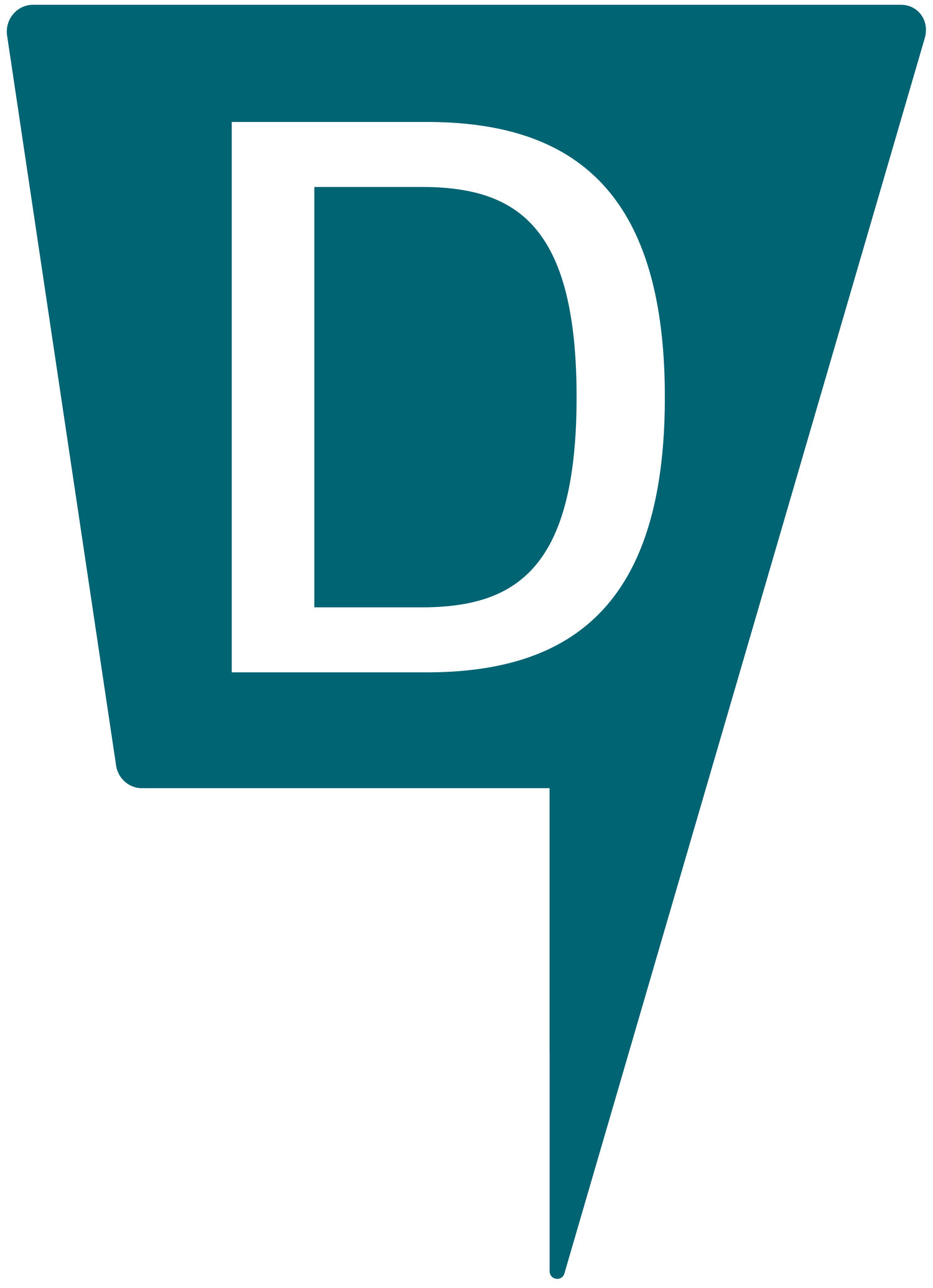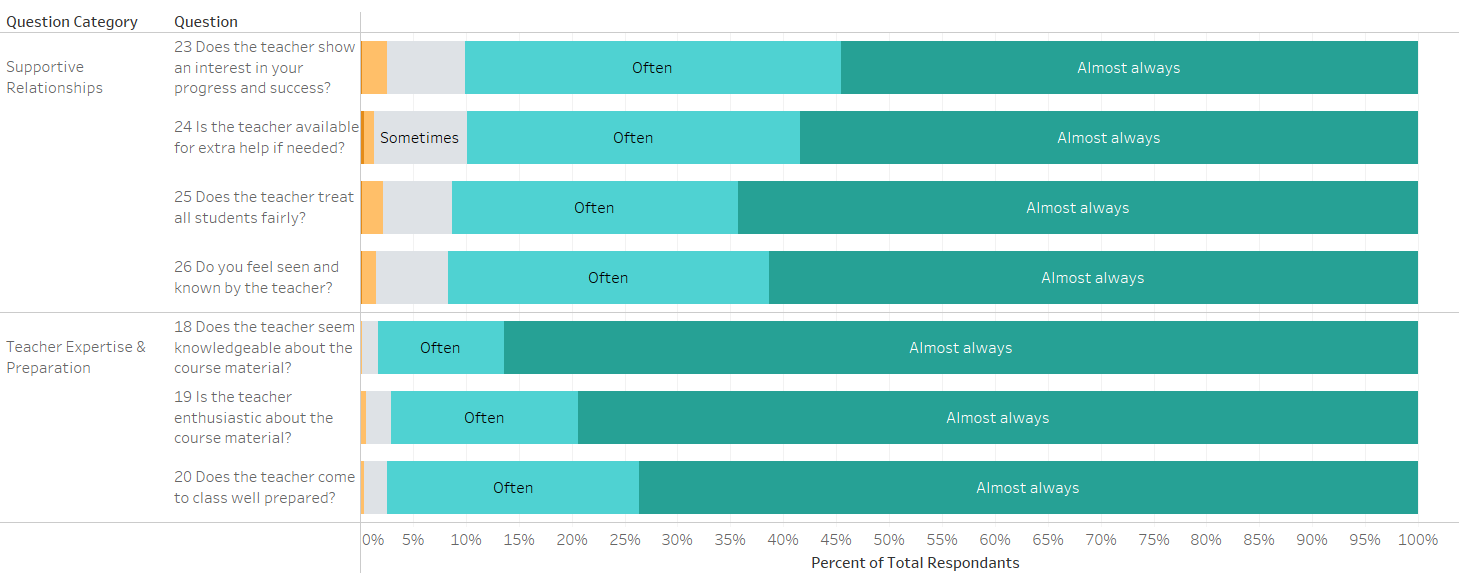Moving the Needle on Institutional Research and Data Infrastructure at Independent Schools
By Hudson Harper
How can independent schools provide the best overall experience for their students?
What makes this question so interesting and challenging is that it’s a perfect example of what’s known in social planning as a “wicked problem.” In other words, there’s no clear formulation of what provides the “best” experience. Each student’s experience at a school is multifaceted and unique. From rigorous academics to student well-being to belonging, every student engages with school differently. Also, there is no single set of things we could do as a school that would simultaneously address everyone’s full needs. Furthermore, the traditional tools that independent schools have had to answer such questions have been too limited. In the Winter, 2023, issue of Independent School, an article titled "Control Alt Delete" highlighted the need for schools to shift their strategic planning to embrace ambiguity and amplify community stories as part of a need-finding (as opposed to solution-finding) process.
As educators, the faculty at The Downtown School believes in the power of storytelling. However, we also recognize that, if we are not intentional about the way in which we gather and share stories, then we open ourselves up to the possibility of narrative bias. So how can independent schools tell the story of their community in a holistic way, supported by evidence?
That’s where our work with institutional research and strategic data initiatives comes in.
A natural place to start with asking how to provide a great experience is to first answer the question, “What is the current student experience?” Like most independent schools, we already have a number of sources of data that we can pull from. For information about student demographics and grades, we can pull from our student information system, Blackbaud. When it comes to admissions records and profiles, we can pull from our admissions database, Ravenna. The Downtown School administers a number of surveys about topics ranging from course evaluations to questions about diversity, equity, and inclusion. Here is an example of insights that we were able to gain from this year’s course surveys about classroom relationships and teacher expertise:
Now, the challenge that comes with having access to so much data is: How do we leverage this data in a meaningful way? There are a lot of obstacles that come with the way in which most schools configure their data infrastructure.
First, data tend to live in multiple silos, including (but not limited to) Student Information Systems, Learning Management Systems, and a litany of databases for Admissions, Advancement, Health Records, User Management, and so on. While there are best-in-class tools like Blackbaud that address several of these areas, no one platform can provide all of the features for a robust and user-friendly experience for all of a school’s users.
Second, these systems were not designed to communicate effectively with each other. There is an emerging market of Software-as-a-Service companies that are seeking to solve this problem, but we are still in the early days of this, and there are serious questions that need to be answered about data security, access to underlying data, and the scope of insights that might be gained by these tools.
Third, data architecture can be cost-prohibitive depending on how it is established. Traditionally, schools have either relied on custom-made solutions created by long-time employees, or schools have paid consultants or companies for specific data analytics that may not fully address the questions schools are trying to solve.
Our current solution has been to leverage Google Cloud’s products to create a centralized data warehouse using Google Cloud Storage, Compute Engine, and BigQuery. Built for enterprise data applications that typically involve petabytes of data (that’s massive amounts of data), Google Cloud provides robust tools for identity-based access, data governance/cataloging, and precise control over costs incurred by computing resources. Also, with the amount of data at a typical independent school, costs are minimal thanks to Google Cloud’s generous free tier for most of their services. Furthermore, we have worked on developing plug-and-play containers (packages of computer code/language) that handle the API connections with our various platforms. These containers also simplify the process for any other independent school that would like to replicate our infrastructure as they are open-source, don’t require any coding, and can be configured in a matter of minutes.
With data available through BigQuery, we are able to easily connect with data visualization and analysis tools like Tableau and Google’s Looker Studio to create dashboards and workflows that drive our decision-making and make our data processes more efficient. More importantly, this connection to our data gives us the ability to connect and disaggregate data in interesting ways. Suppose, for example, we want to understand the impact of having a sense of belonging on student engagement and performance. Using our data warehouse, we can connect information from surveys with data in Canvas and Blackbaud to see if there’s a correlation between student responses and work submission, grades, club involvement, or attendance. For example, we can test hypotheses like do students who feel a stronger sense of belonging have higher overall engagement and/or grades?
Like most independent schools, The Downtown School is still in the early stages of developing the extent of our institutional program. Over the next year, we will continue to streamline our infrastructure and focus on further designing tools to assist data-driven decision-making. There’s still a lot of work to be done, but we are well on our way to better understanding and hopefully solving the “wicked problems” we face.
If you are curious about our infrastructure or you’re from an independent school that would like to develop its own Institutional Research program, we’d love to hear from you.



